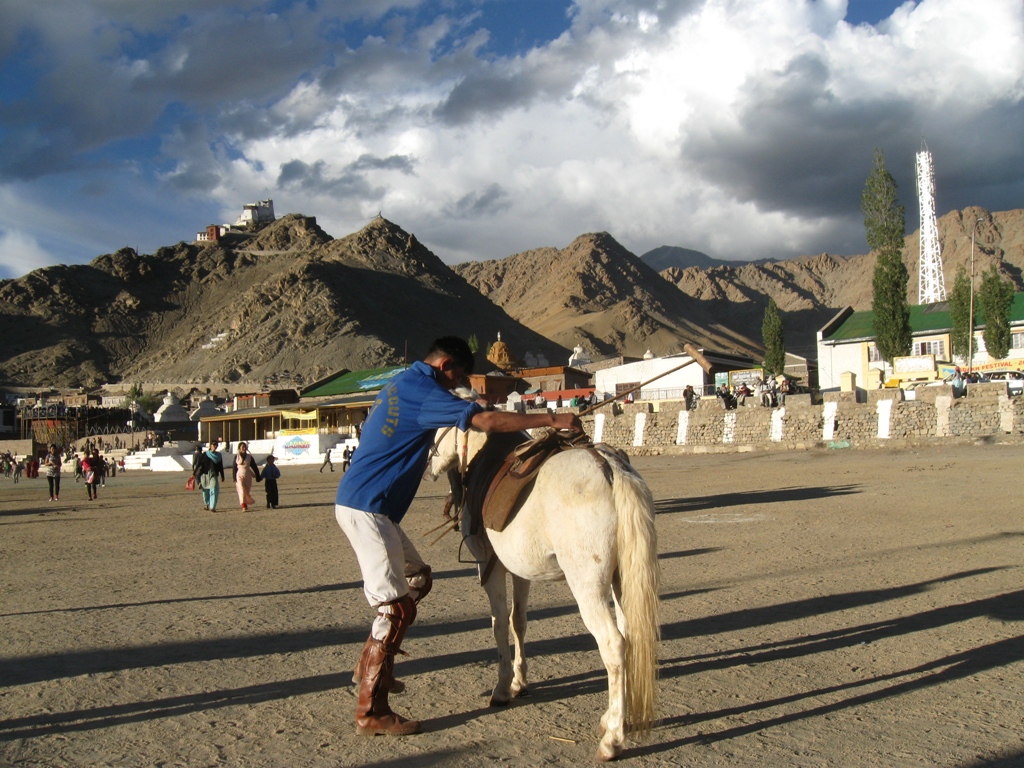Unique India
Ladakhi Polo
Soaring noises of crowds cheering bulky stout men on horses in the rugged and inspiring landscapes of Ladakh is truly a visual treat.
Originated in Persia (Iran), Polo was introduced to Ladakh by the neighboring Baltistanians around the 15th century. Today it has become popular sport in this region. Every major village here has a polo ground and the game is an integral part of Ladakhi culture where music, especially drums, accompany the scoring of each goal. It is also one of the highlights of the two week long Ladakh Festival every September.

According to a legend, the game was introduced in Ladakh in the 17th century during the reign of King Sengge Namgyal whose mother was a Balti princess. In the Ladakhi version of polo, teams of six players compete against each other in a game that lasts for an hour. It is very different from the one played under international standards. It is much more furious and applies different set of rules with two twenty minutes halves of play and a ten minute break in between. The aim of the game is to score by driving a small wooden ball into the opponent’s net using a long wooden mallet.
Drass and Chushot villages are famous for this sport. But it is in Leh that the game has been institutionalized, where teams compete for the Ladakh Festival Cup during the Ladakh Festival (September 1-15 2015).
- High Operating Standards
- Friendly and Knowledgeable Staff
- Personal travel consultants
- Tailor made holiday packages
- Private Tours for individuals and groups.
- Guarantee Fixed Departures
- Flexibility in organising and bookings
- Recognised by Government of India
- Save time and effort
- Licensed and Recognised Tour Operator














